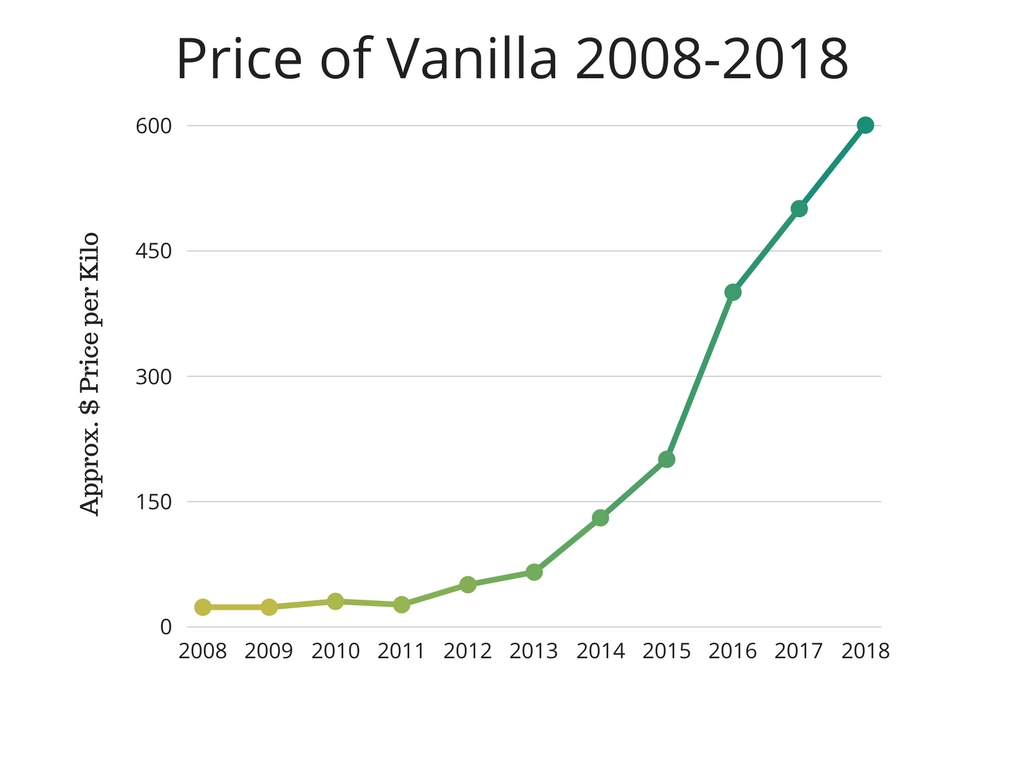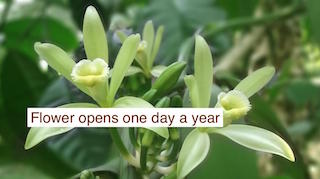Vanilla flavoring is not just a household favorite in many homes but is used by many foods and beverage manufacturers as well as fragrance makers. Thousands of products have vanilla as an ingredient in them. The dramatic price increase in the last few years has caused a flux in the marketplace. The increase in price has been influenced by demand, as manufacturers have opted to use natural ingredients to satisfy consumer needs. The choice of suppliers is limited and reliance is on an island nation.

Sourcing of Vanilla
Madagascar, an island on the southeast coast of Africa supplies approximately 80% of the world's vanilla bean market. The island is known to have many indigenous plants but in the case of vanilla, it was a transplant. In a recent article by the Economist, an outline is given of where and how this much loved bean has become so popular.
Supply & Demand
A number of factors make meeting the demand and supply of vanilla difficult. Growing the bean can take three to four years and processing is a very labor intensive business. It takes hundreds of blossoms to produce a kilo of vanilla beans.
The change in the consumer palette and desire for natural ingredients has meant that manufacturers want to buy more vanilla and use less synthetic ingredients.
Domestic issues on the island and recognition of the value of the bean have led to losing some of the beans. Not having enough suppliers in the marketplace and the recent cyclone that hit the island, have all contributed to the price hike.
Value
The current price of vanilla now makes it the second most expensive spice after saffron.


The delight that the vanilla bean brings, imparting its flavor and aroma, has become an intrinsic part of our lives.
